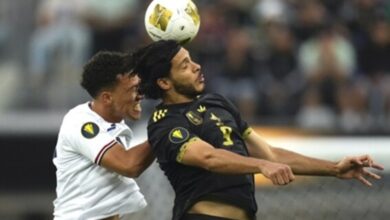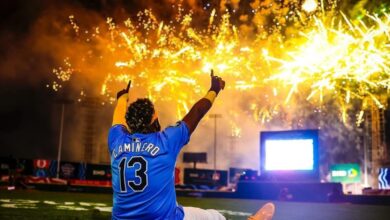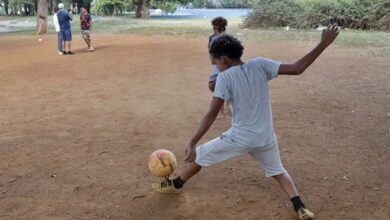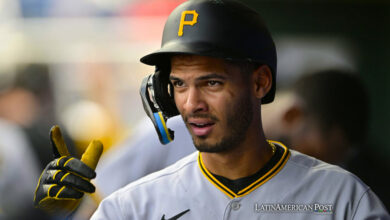Cuban Table Baseball Sparks New Passion for Country’s Classic Game
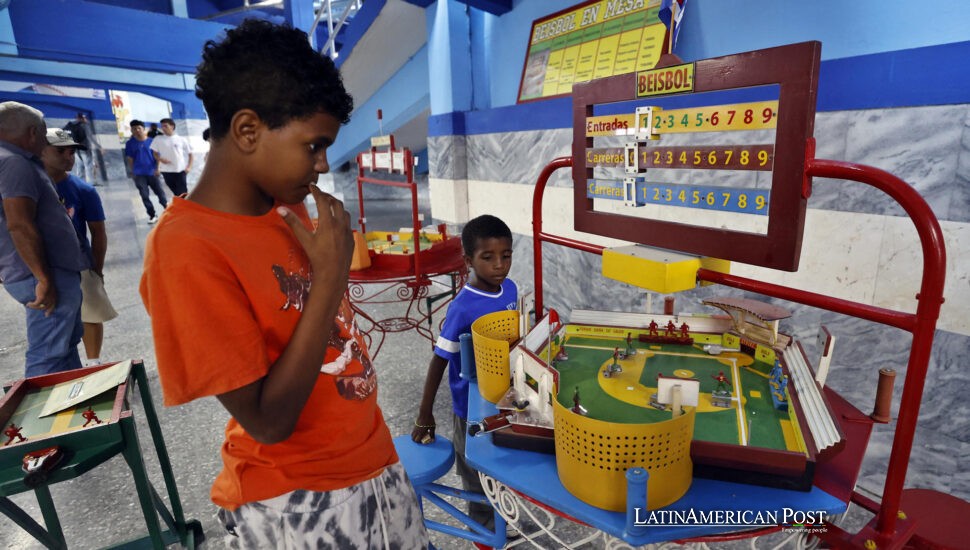
In baseball-mad Cuba, retired technician Luciano Sanabria, 73, has built a wooden “table baseball” game so children who cannot risk a hardball can still feel the thrill of a line-drive single. His six handmade boards now draw crowds at Havana’s Estadio Latinoamericano.
A Promise Hammered in Wood
Luciano Sanabria remembers the afternoon his son came home from the clinic clutching a note: No contact sports—the risk of fatal bleeding. Hemophilia stole the boy’s place on the sandlots, which ignited the father’s resolve. “If my child can’t meet baseball on the field,” Sanabria told EFE, “I’ll shrink the field and bring it to him.”
The idea traveled with him for decades—from engineering classes in the former Soviet Union to dusty workshops in Havana. He sketched dugouts on cigarette packets, calculated marble trajectories on grocery receipts, and stored broken clock springs “just in case.” Every drawing bore the same heading: para mi hijo.
The Birth of Table Baseball
Only in 2013—after retirement freed his time—did Sanabria saw, sand, and varnish his long-imagined prototype. The contraption looks part foosball, part carousel: a round board rotates so the same wooden figurine can pitch, bat, and sprint the bases while a spring-loaded striker fires glass marbles across hand-painted infields. Visitors twist levers, hear the click, and watch tiny runners scoot along metal rails.
He scavenged cedar off-cuts, bicycle spokes, and fishing lines from Havana’s Malecón. “Back then, wood was affordable,” he laughs; today, inflation would price the game out of reach. Before costs ballooned, he built six units and secured a Cuban patent. Three sit permanently under the grandstand at “El Latino,” home of the Industriales. Children line up to pull the launcher; grandparents, eyes misty, whisper names of heroes past—Linares, Kindelán, Casanova.
Why a Mini Diamond Matters
Baseball is woven into Cuba’s identity as tightly as son and rum. Literary scholar Roberto González Echevarría argues in The Pride of Havana that the sport survived colonial bans and political upheavals because it offered “a rehearsal of nationhood.” Yet television now beams Lionel Messi and global football into every barrio, shaving baseball’s once-unchallenged dominance.
Sanabria believes table baseball can reverse that drift. “Here, a child learns balls, strikes, double plays,” he explains. “Then the real game on TV suddenly makes sense.” His theory matches the findings of the Latin American Journal of Sport Pedagogy, which notes that scaled-down adaptations boost comprehension and retention in youth sports.
During workshops sponsored by Cuba’s sports institute INDER, teachers discovered unexpected bonuses: the game trains hand-eye coordination and basic arithmetic—run totals, batting averages—without risking injury. Parents of children with physical disabilities call it “a passport to inclusion.”
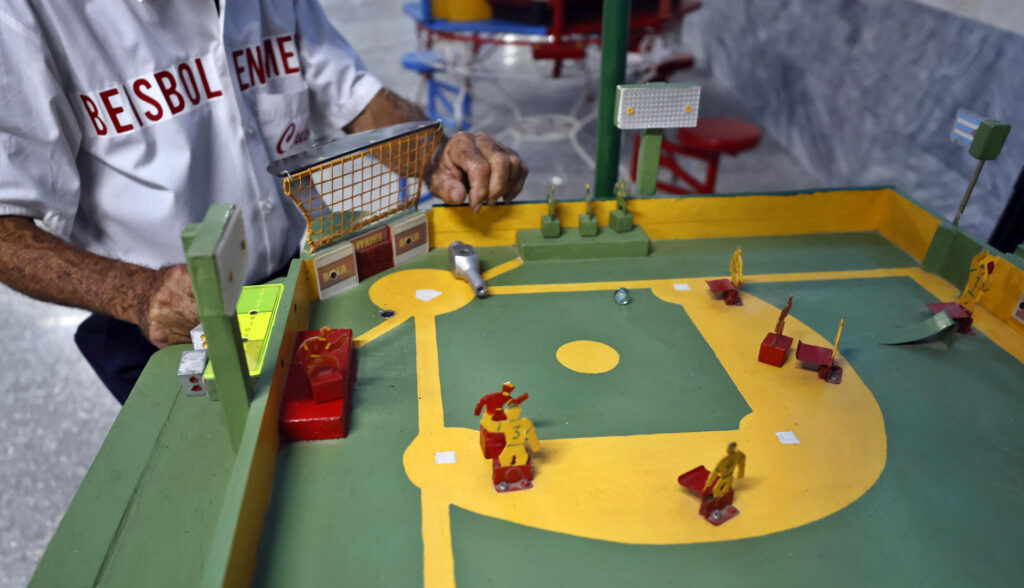
Roadblocks, Rainbows, and the Road Ahead
Dreams, however, cost money. Springs, varnish, bearings—everything scarce in today’s Cuba. “This is my house, not a factory,” Sanabria tells visitors, gesturing to a narrow room crowded by lathes and wood shavings. He needs investors, maybe a foreign toy company, to scale production. Until then, the six boards must speak for themselves.
They speak loudly. On game days, a throng gathers behind section G. Teenagers cheer a marble “curveball,” tourists film with phones, and an elderly vendor forgets his tray of peanuts as he tracks a bases-loaded smash. “It’s the whole stadium in miniature,” he says, pride softening his voice.
Sanabria hopes to export the design. “Imagine table baseball in Mexico, Japan, the Dominican Republic—places where the bat cracks in every heart.” He even envisions markets dominated by football. “Give kids the board, and baseball will argue for itself,” he smiles.
Also Read: Colombian Cycling Humbled by Rising Mexican and Ecuadorian Climbers
For now, he polishes the mahogany handles, replaces frayed cords, and greets each curious child with the same invitation: Juegas?—Want to play? The laughter that follows tells him his mission is already a success.


